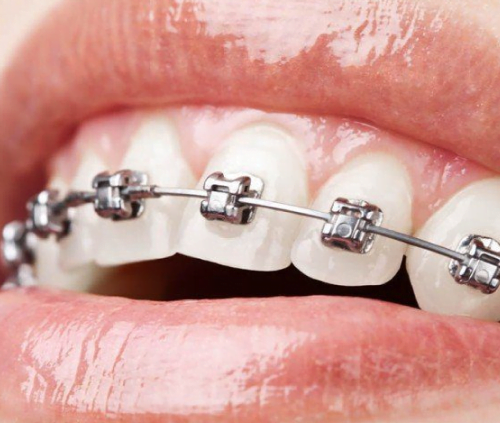The pros and cons of dental braces
The pros and cons of dental braces are carefully looked at in this in-depth study, which shows what people may experience if they decide to go through the process of getting a straighter, better smile.
Pros
A change in how things look
A lot of people know that dental braces can make big changes to the way you look. They can boost confidence and self-esteem by filling in gaps, straightening awkward smiles, and fixing teeth that aren’t in the right place. Along with a useful bite, the result is a smile that looks great for a long time.
Improvements to functionality
In addition to making teeth look better, braces are very important because they make teeth work better. Properly aligned teeth make it less likely that you will have headaches, jaw pain, and other problems related to malocclusion by making sure that the force of your bite is spread out evenly.
Different Options for Customization
Because of improvements in dental technology, people now have a lot of different options when it comes to choosing braces. There are different levels of comfort and visibility for invisible aligners, ceramic braces, and traditional metal braces, so each person can select the option that fits their tastes and way of life the best.
Effects on the Long Term
In general, the results of dental treatment with braces last a long time. After getting rid of their mounts, many patients switch to retainers to help keep their new alignment. Of course, this means that the hard work and commitment will pay off with a smile that lasts.

Cons
Ethics Things to Think About
Even though braces have become more aesthetically pleasing, some people may still be worried about how they look. Although ceramic braces and invisible aligners can be used instead of traditional metal braces, they might not be right for all people because of cost or dental needs.
Flexibility and Changes
Dental braces have some problems, like being painful at first and needing to be adjusted every so often. In the first few days after getting braces, people may feel pain and have trouble swallowing. Routine adjustments may also cause temporary discomfort, but technical progress has made these problems less of a problem compared to the past.
Problems with oral hygiene
It might be hard to keep your teeth clean when you have braces on. Because the brackets and wires produce more surfaces, plaque and food particles build up. This means that brushing and flossing must be done more carefully. During treatment, patients must take care of their teeth and gums properly to avoid cavities and other dental problems.
Certain food restrictions
When you wear braces, you have to follow certain food rules to protect the equipment and make sure the treatment works. Foods that are tough, chewy, or sticky can damage braces and make treatment take longer. To follow these limits, patients must be careful about what they eat and make changes to their routines as needed.
How Much Treatment
When you use braces for orthodontic treatment, you have to dedicate a lot of time to it. No matter how complicated the case is, care can last anywhere from a few months to a few years. Of course, this could be a problem for people who want quick cosmetic fixes.



Leave a Reply
Want to join the discussion?Feel free to contribute!